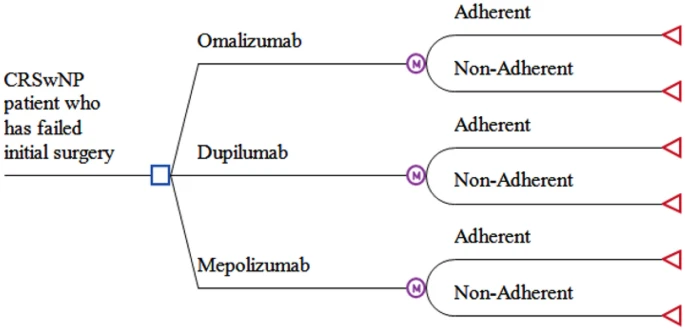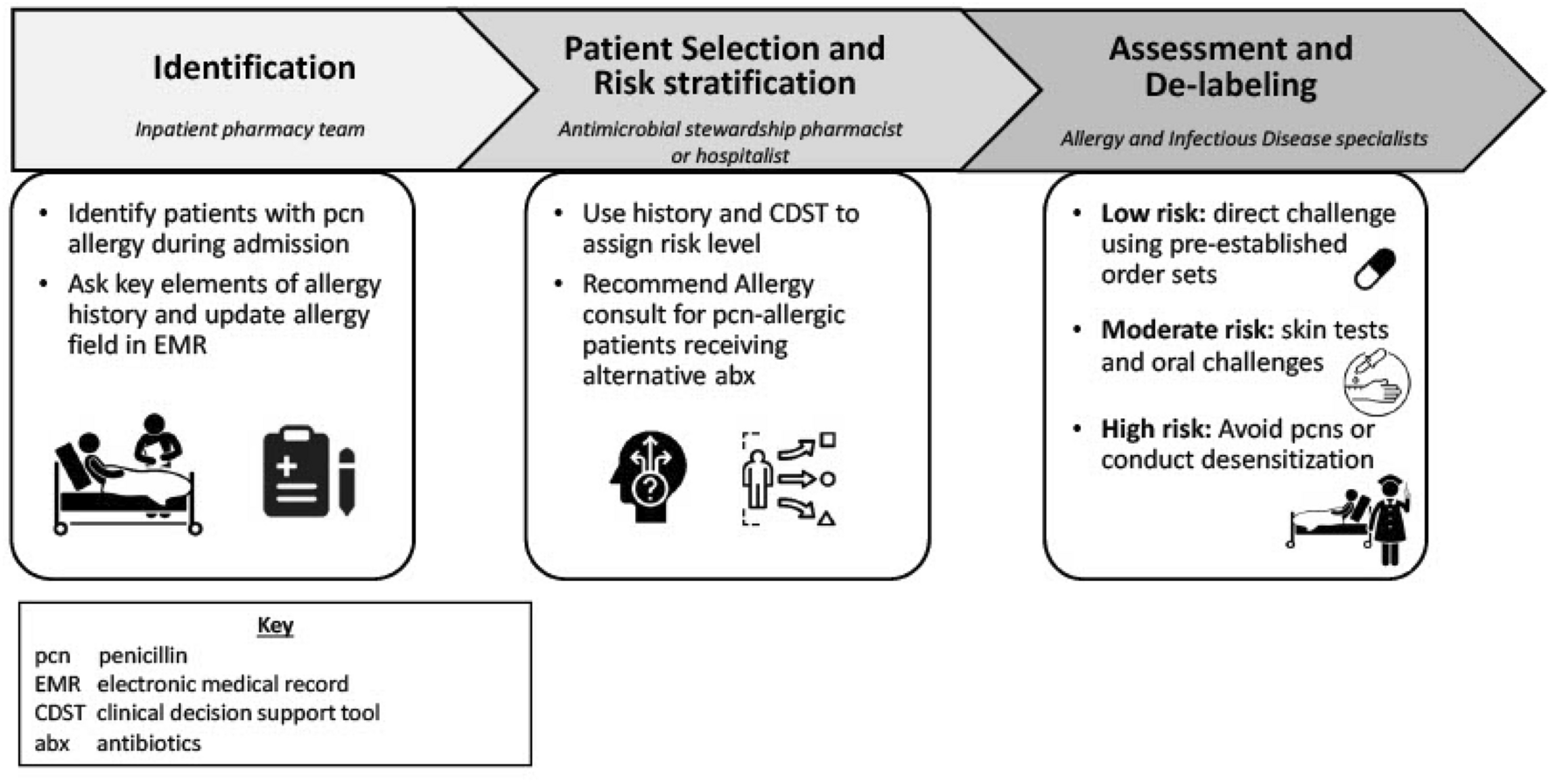Case Report - Open access
Margaret Guerriero, Feras Ally, Keith R. Loeb & Viswam S. Nair. BMC Pulmonary Medicine volume 23, Article number: 391 (2023)
Abstract
Background
Immunosuppressed bone marrow transplant patients with pulmonary infiltrates routinely undergo bronchoscopy with bronchoalveolar lavage (BAL) to investigate potential etiologies. Cytokine release syndrome after BAL is unreported in the literature in general and in this patient population.
Case presentation
We report on an allogeneic bone marrow transplant patient with non-infectious organizing pneumonia of the lungs who developed delayed and rapidly progressive shock and hypoxia post-procedure over the course of 12 h resulting in intensive care unit admission for supportive care. 
BAL flow cytometry of mature, cytotoxic T cells
expressing CD38 and HLA-DR






